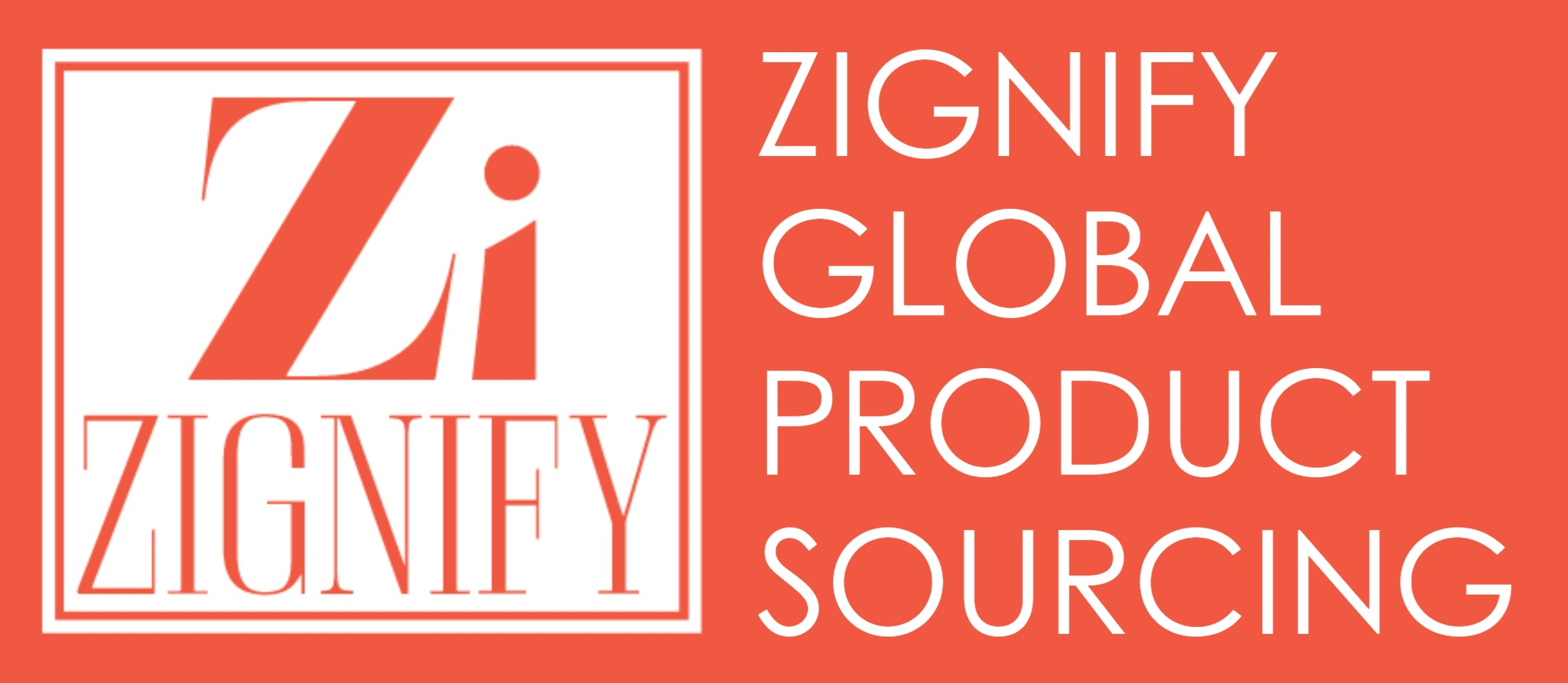
The landscape of global product sourcing is continually evolving, influenced by technological advancements, geopolitical shifts, and changing consumer preferences. Now that 2024 is well underway, several key trends are emerging that businesses and sourcing professionals should keep an eye on. These trends not only reflect the current state of global trade but also signal the direction it’s headed in. Let’s dive into the ten trends shaping global product sourcing in 2024.
1. Sustainability and Ethical Sourcing
In 2024, sustainability is no longer just a buzzword; it’s a critical component of sourcing strategies. Companies are increasingly prioritizing the environmental impact of their sourcing decisions, driven by consumer demand for eco-friendly products and regulatory pressures. Ethical sourcing practices that ensure fair labor and reduce carbon footprints are becoming standard, and companies that fail to adapt will be left behind.
2. Digitalization and AI Integration
The adoption of digital tools and artificial intelligence (AI) in product sourcing is accelerating. AI algorithms are being used to predict market trends, identify potential suppliers, and automate routine tasks. Digital platforms facilitate seamless communication and transactions between buyers and suppliers, making the sourcing process more efficient.
3. Supply Chain Resilience
The COVID-19 pandemic underscored the importance of supply chain resilience. In 2024, companies are diversifying their supplier base and investing in predictive analytics to anticipate disruptions. Building more flexible and responsive supply chains is a top priority to mitigate risks associated with geopolitical tensions, natural disasters, and other unforeseen events.
4. Nearshoring and Regionalization
The trend towards nearshoring and regionalization is growing, as companies seek to reduce lead times and transportation costs. Sourcing from suppliers closer to the end market also reduces the dependency on long, complex supply chains, enhancing supply chain security and agility.
5. Emphasis on Quality and Innovation
Quality and innovation are becoming key differentiators in global sourcing. Companies are looking for suppliers who can not only meet stringent quality standards but also contribute to product innovation. Collaborative partnerships between buyers and suppliers to co-develop new products are on the rise.
6. Increased Use of Blockchain for Transparency
Blockchain technology is being increasingly adopted to enhance transparency in global sourcing. By enabling a transparent, unalterable record of transactions, blockchain helps in tracing the origin of products, ensuring compliance with ethical standards, and preventing counterfeit goods.
7. Shift Towards Customization and Personalization
The demand for customized and personalized products is shaping sourcing strategies. Companies are working with suppliers capable of providing flexible production capabilities to meet this consumer demand, leading to smaller, more frequent orders rather than large, standardized batches.
8. E-commerce Integration
9. Focus on Circular Economy Practices
Circular economy practices, which aim to minimize waste and make the most of resources, are influencing sourcing decisions. Extended Producer Responsibility (EPR) laws, which put the onus on suppliers and sellers, are becoming common. Companies are now sourcing recycled materials and designing products for easier recycling or reuse at the end of their lifecycle, contributing to sustainability goals.
10. Political and Economic Uncertainty
Geopolitical> and economic uncertainties continue to impact global sourcing. Trade tensions, regulatory changes, and currency fluctuations require businesses to be agile and informed. Companies must closely monitor the global political and economic landscape and adapt their sourcing strategies accordingly.
In Conclusion
Global product sourcing in 2024 is characterized by a focus on sustainability, digital transformation, supply chain resilience, and innovation. Companies that stay ahead of these trends can not only navigate the complexities of global sourcing but also gain a competitive edge in the market. As the global sourcing landscape continues to evolve, adaptability and forward-thinking will be key to success.




